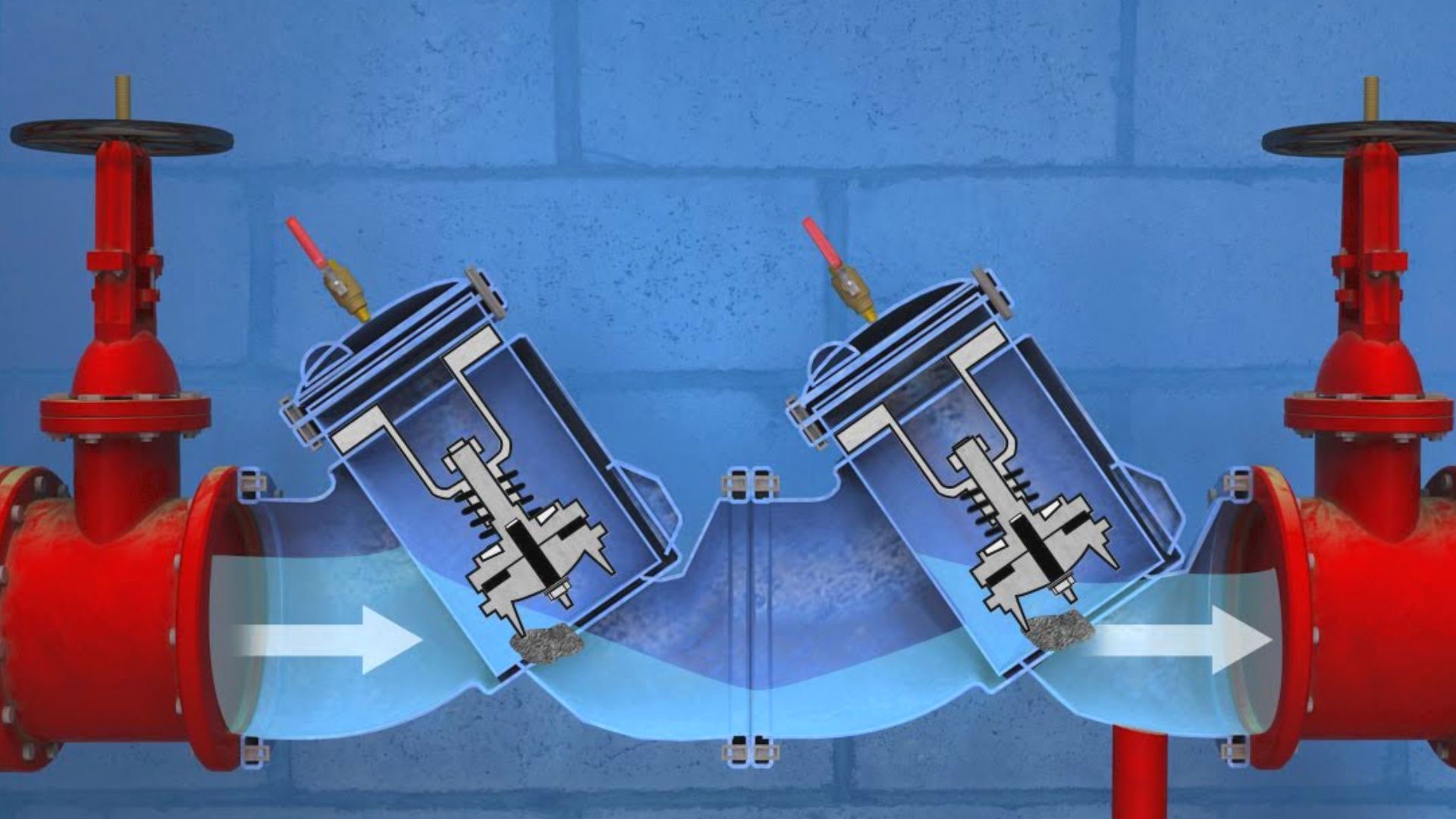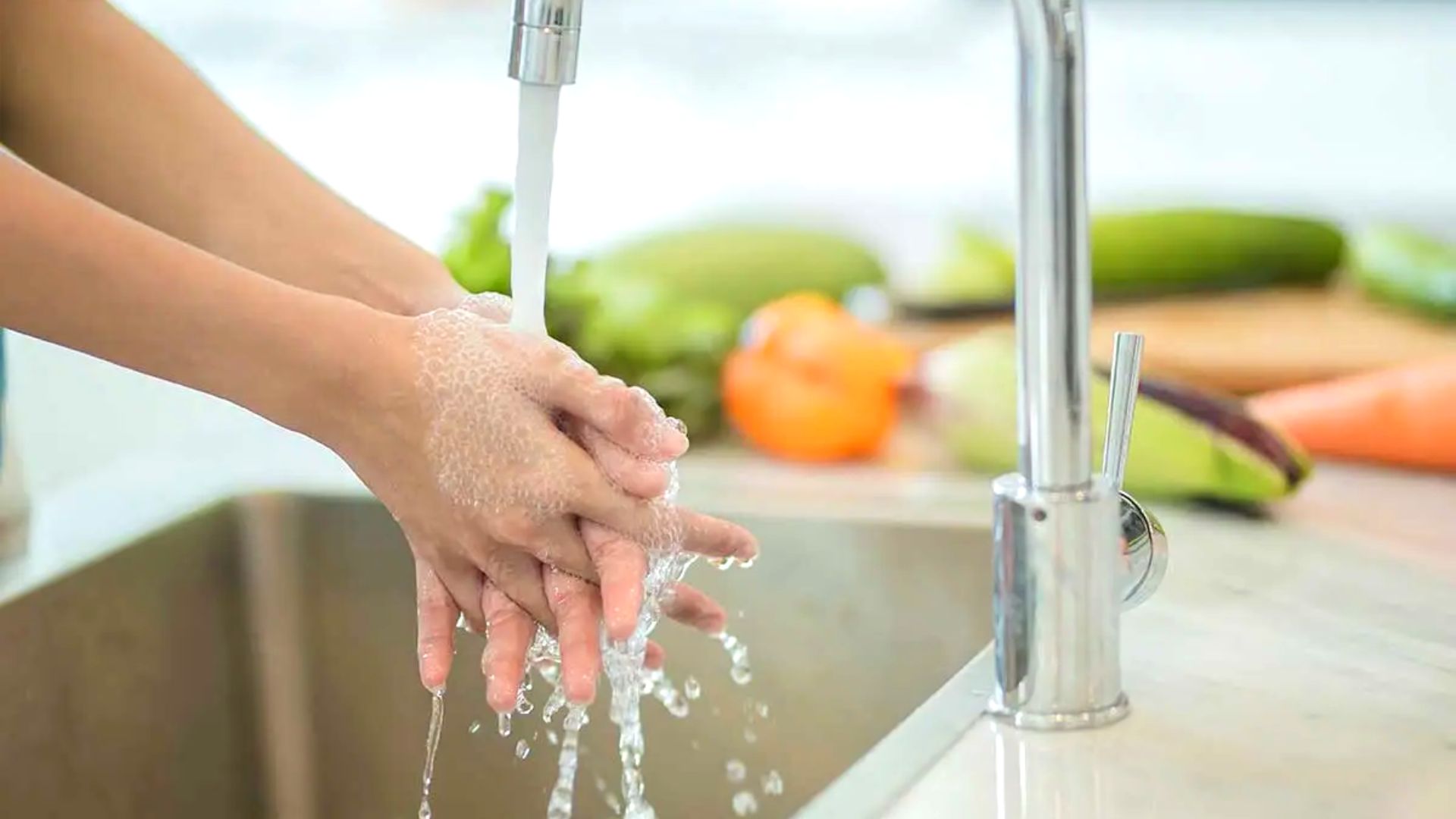Backflow prevention is an indispensable part of commercial and residential plumbing systems.
After all, no one wants dodgy substances showing up in their drinking water. It’s not just about protecting your health, although that’s crucial; it’s also about avoiding that unpleasant stench that can invade your home.
Here’s where a backflow prevention system comes to the rescue! We curated this guide to inform you about everything you need to learn about preventing backflow and the benefits of installing backflow prevention devices. The upcoming sections discuss backflow, why it happens, and how a backflow prevention system works.
So, let’s get into it!
What Are The Causes Of Backflow?

Factors like gravity, vacuums and negative pressure induce opposing forces, causing the water to flow backward or in the opposite direction. Opposite forces are of two types: back pressure and back-siphonage.
Back-siphonage is caused by sudden water demands, undersized or broken pipes, and low water pressure experienced by the consumer at the source. Negative pressure in the pipes creates a vacuum that sucks water back. On the other hand, gravity is the causative factor for back pressure, where the water starts flowing upwards in a tall building. Water expansion and excessive plumbing also lead to back pressure.
What Purpose Does A Backflow Prevention System Serve?
When water flows in a direction opposite to its intended one, hazardous toxins and chemical compounds flow along with the water. You don’t want these chemicals to enter the house’s water system. Consuming contaminated potable water supplies damages your health.
The backflow prevention system works like a one-way barrier, stopping any backward flow of water. This means you and your family stay safe from any nasty contaminants sneaking into your water supply.
If you’re considering individual backflow devices or a full system for your home, make sure they’re approved by the right authorities. As per government regulations, having a backflow prevention system is non-negotiable. It stops cross-contamination in your drinking water. The mix-up between safe and unsafe water systems is known as a cross connection.
This can occur naturally in appliances such as clothes washers and dishwashers, but they must be carefully designed and installed to prevent backflow. It’s also advisable to perform regular backflow prevention testing. This annual testing can prevent the potential to endanger health and cause other problems.
Why Do You Need A BPS At Your Home?
Everybody needs access to clean and safe drinking water. A backflow prevention system or backflow prevention methods help you stay secure against backflow risk. Your backflow prevention devices also prevent contamination of your drinking water supply system. You don’t have to worry about several disease-causing germs and other pollutants. Different types of preventers are available for installation. Professional plumbers can install them to ensure your family can drink clean and germ-free water.
Your local water provider will have an industrial backflow prevention system to keep the community’s water safe. But it’s wise for every home to have one too. This way, if there’s pressure build-up or a pipe bursts, wastewater won’t find its way back into your clean supply.
Contaminated water has a very unpleasant taste and smell. If not dealt with, it can seriously harm your family. Besides damaging your health, backflows can substantially damage your water pipe, which can be costly.
What Are The Types Of Backflow Prevention Devices?

Several devices are used to prevent the backflow of water. Although the result is the same for all. These devices use varying operating principles to prevent backflow. Some common methods, assemblies and devices are air gaps, hose bib vacuum breakers and others.
The air gap is probably the most common and effective system out there. It simply creates a space between your water source and whatever it’s running into. You’ll find these in kitchen sinks, bathrooms, showers, and dishwashers, ensuring your water stays safe.
At the same time, hose bibs are installed in the taps of most houses. This is so the owner can attach a garden hose to water the garden, wash the car and perform several chores that need water. Most modern homes have a pre-installed vacuum breaker to prevent backflow. But this might not be the case with older homes. So, you will need to install them separately to manage the backflow issue.
How To Install And Maintain A Backflow Prevention System?
As mentioned, most homes have a backflow prevention system installed. But if you don’t have any or need to replace your old one with a new one, contact a professional plumber for the job. There are numerous reputed plumbing agencies in Australia. Fixed Today Plumbing is one of them. Rest assured, you can keep your water supply safe from contamination.
Has Your Water System Been Compromised? Call Us Today!
That’s all about the backflow prevention system!
Many homeowners may not know exactly how backflow prevention systems work, but they certainly grasp their importance. It’s up to you to keep your household safe by maintaining these systems. If you’ve got a medium or high-risk prevention device, regular yearly testing is a must.
Notice any impurities in your water or suspect something’s off with your system? It’s time to call in a licensed backflow plumber. Get in touch! Only accredited professionals can handle medium and high-risk devices. You can book backflow testing for your property. We’ll check and sort out any backflow issues efficiently.
On that note, we’d like to wrap up our guide. Goodbye and take care!














